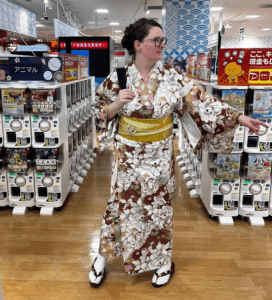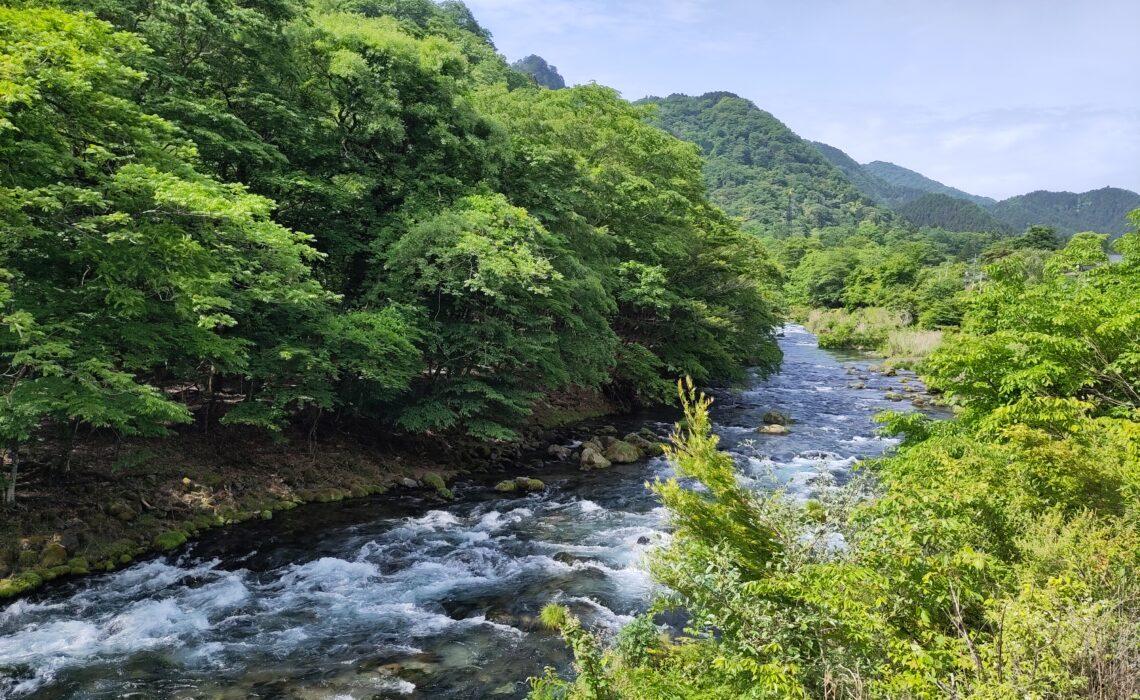
Next step in our 1-month train itinerary in Japan: after spending a few days on Hokkaido, we stopped in Nikko on hour way down to Tokyo. This city can easily be visited from Tokyo, but as it was on our way from Hokkaido to Tokyo, we took the opportunity to stop there directly.
Nikko is a charming little town surrounded by mountains. The city center is quite modern but nonetheless pretty, thanks to this beautiful background. Nikko is a popular destination, since it’s less than two hours away from Tokyo and it offers a break from the big crowded capital city.
Here’s our three days (two nights) program in Nikko.
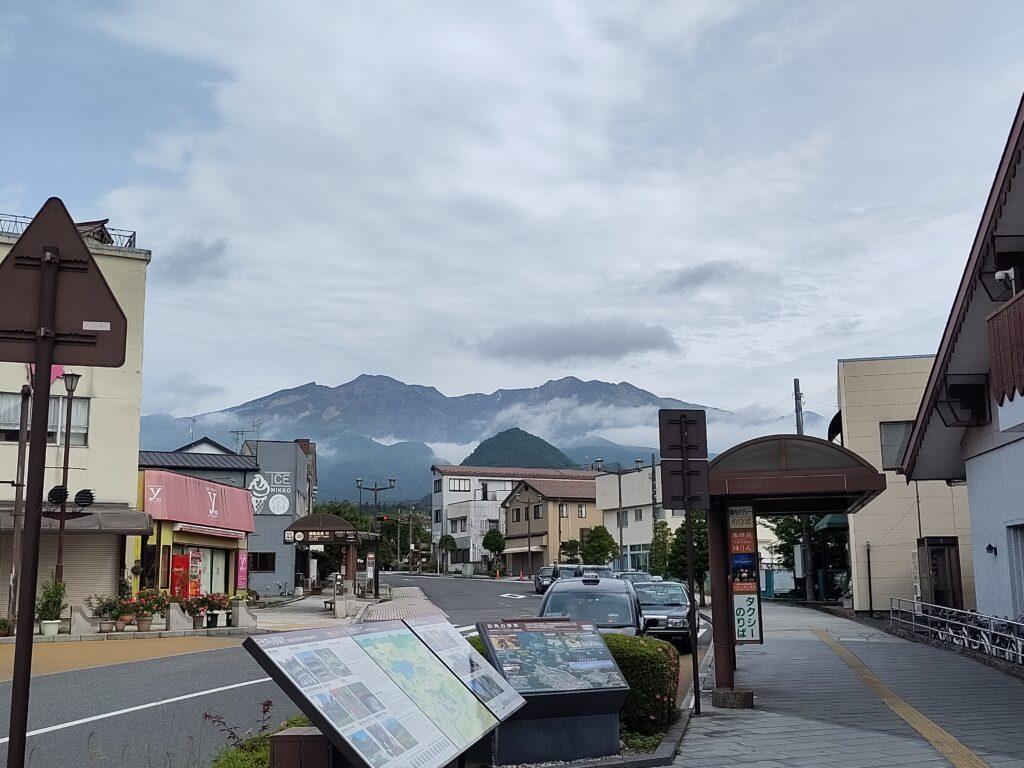
Day 1: Kegon falls
We bought unlimited bus tickets for 2 days (a little less than 15€*), which was the cheapest option for the plans we had. Our visit of Nikko started with Kegon falls, which we reached after a bus ride on a winding mountain path.
Kegon falls is 97 meters high. We can partially see it from above, but the main attraction there is the lift than takes you 105 meters down (about 3 €*) to see it from below. Back on the surface, there are a few shops selling coffee, drinks, snacks or meals.
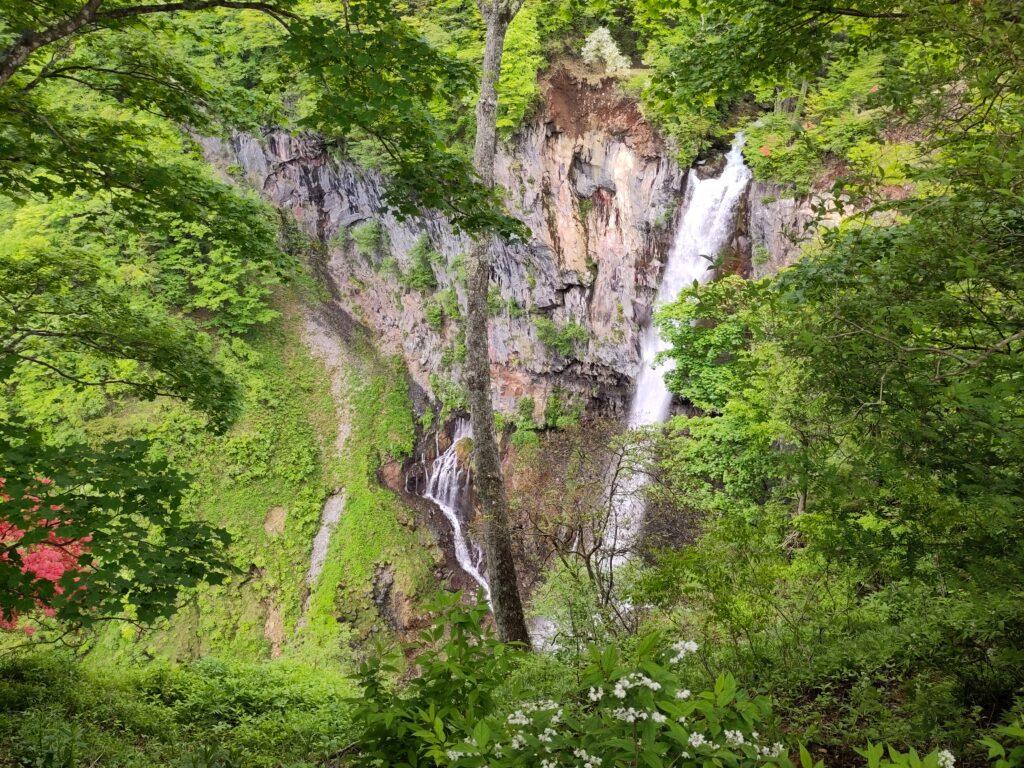
Back on the bus and the winding paths, that seemed even worse on the way back to the city center (tip: if you get motion sickness in buses, you’ll need medication for this ride). As we arrived in the afternoon, we did not plan other visits than day and took some time to do the laundry at the guest house, but if you arrive earlier you can clearly combine this visit with other ones.
In the evening, we treated ourselves with sushi in a little restaurant that didn’t seem much from the outside but was full of locals (you get it: it was delicious and not touristy, although we hardly ever came across tourist traps in Japan). Just nice to know: the sushi were especially loaded in wasabi at that place.
Day 2: Edo Wonderland, temples, Shinkyo bridge and local beer
Day two started with a kaiseki breakfast at the guest house, after which we headed to the theme park Edo Wonderland. Free shuttles take you from Nikko station to the park in about 30 minutes.
We spent way less time than what we planned and were a bit disappointed by our visit. It’s worth knowing that many attractions and workshops are for children only (it wasn’t clear to us when visiting the website or reading brochures), we were forbidden to enter some premises because of our tattoos, and the fact that it could be inconvenient for children… Most shows we were allowed to see were in Japanese only, so you can enjoy them with your eyes only.
The park itself is a reproduction of a village, it’s nice to have a walk in it as it’s pretty, but you’re quickly done with it (and I mean… you’re in Japan, where you can find plenty actual pretty villages…). It was also one of the very few places where food did feel touristy and expensive compared to quality.
Overall, I wouldn’t recommend it except if going with kids and/or with sufficient Japanese knowledge (my very basic conversational Japanese didn’t help at all to follow along shows, it requires a really good level). Also, hide your tattoos if you have big ones. There’s a lot to see in Nikko without going to the park, so it’s definitely not a must.
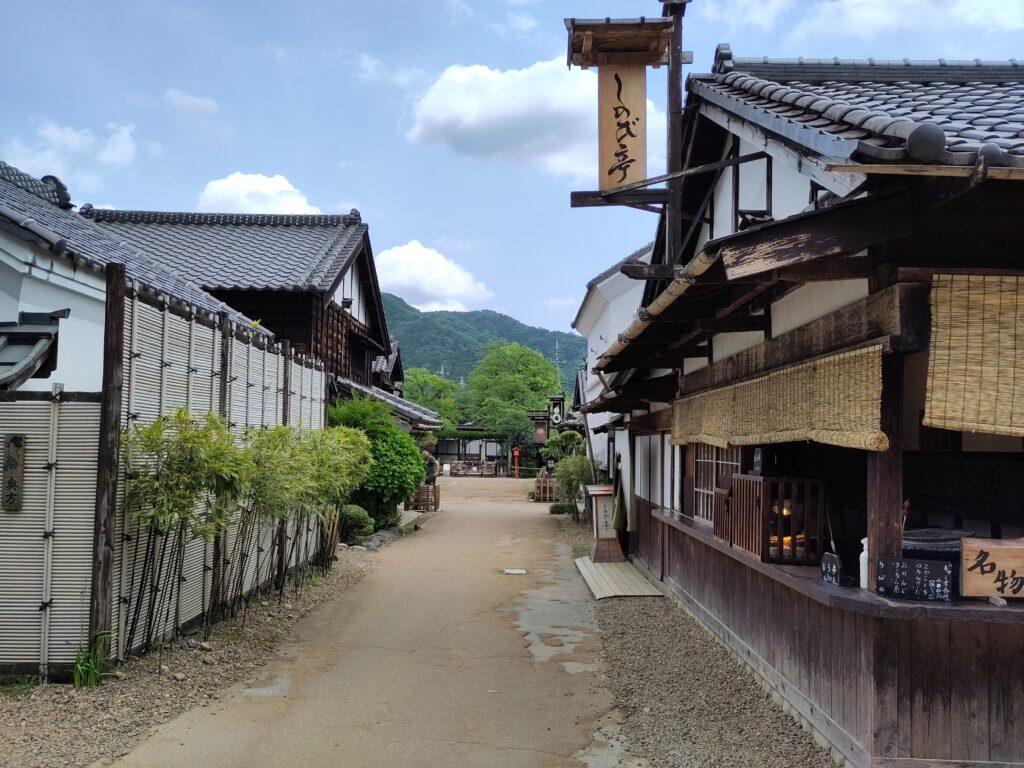
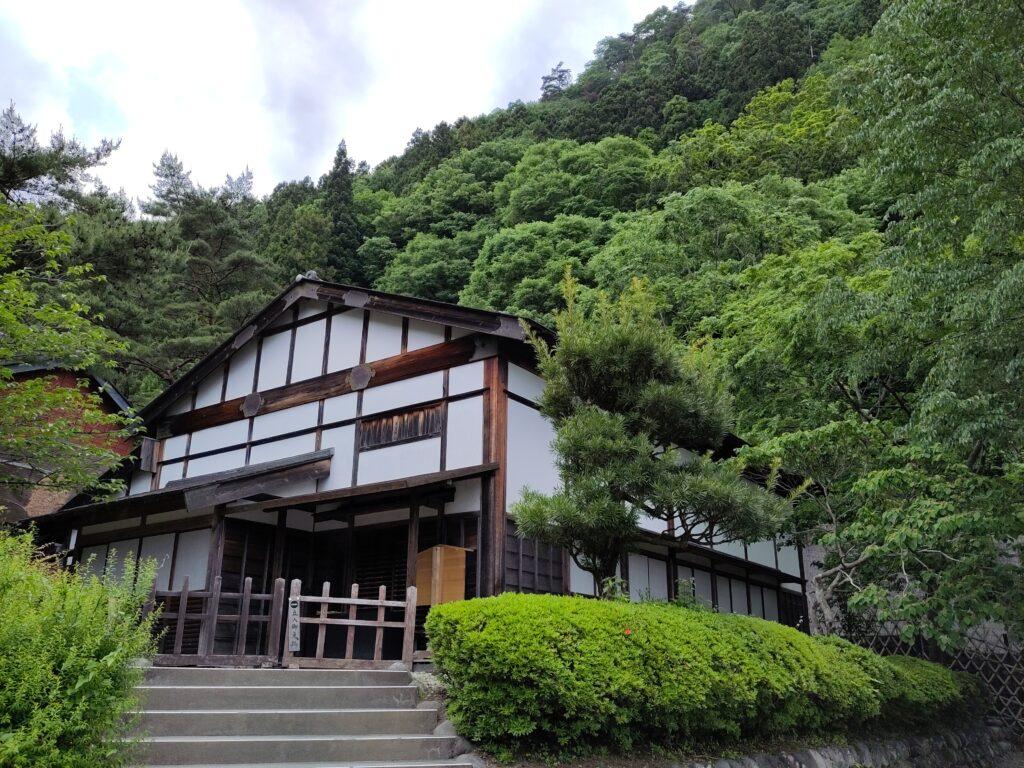
Around 2PM, we took the shuttle back to the city center. As we were the only passengers, the shuttle driver was really kind to ask us if we wanted to be dropped at the Nikko temples instead of going back to the station. Since we blocked the whole day for Edo Wonderland, we gladly accepted and decided to go on with the visits planned for the day after.
There are 5 famous temples in Nikko, that you can visit by bus or by walking. The most famous one is probably Toshogu, a temple with golden ornaments, pretty rare compared to the usual humble temples you find in Japan. However, since we’d already seen so many temples during our trip, the ones from Nikko didn’t impress me much, and most of them required a fee to visit, which seemed higher than in most placed we’ve visited.
I guess it’s still a good destination if you’re mainly staying in the big three cities (Tokyo-Kyoto-Osaka) and want to see something different.
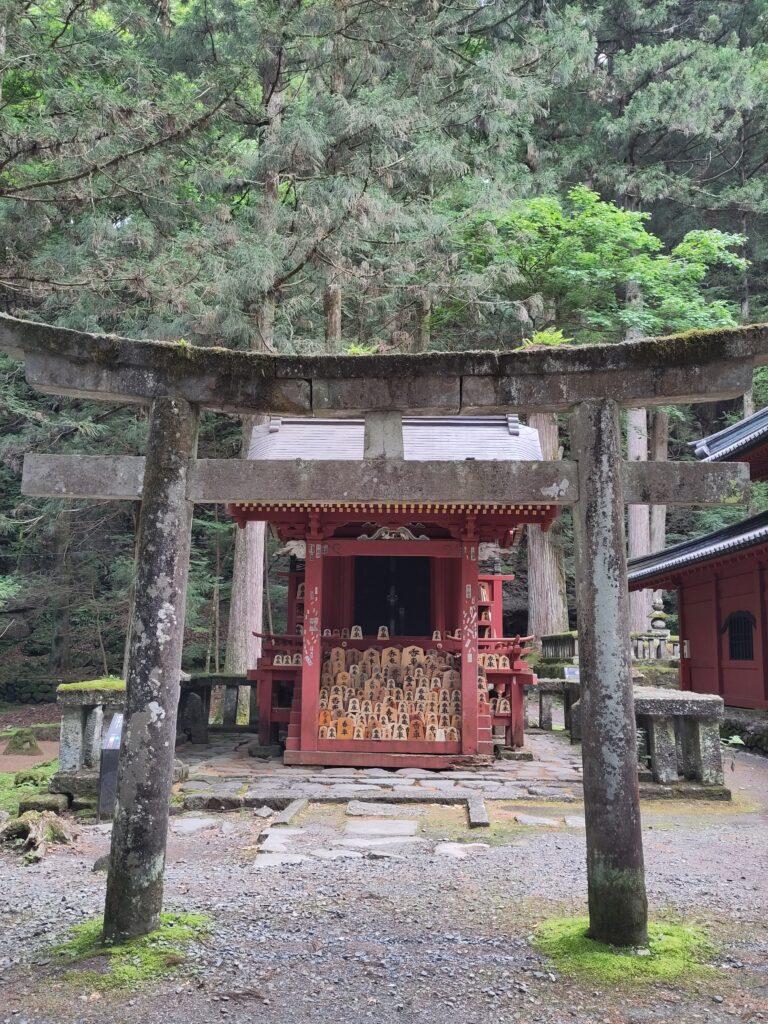
After the temples, we continued to the most famous landmark of Nikko: the red bridge Shinkyo, a photo spot just at the end of the city center main road.
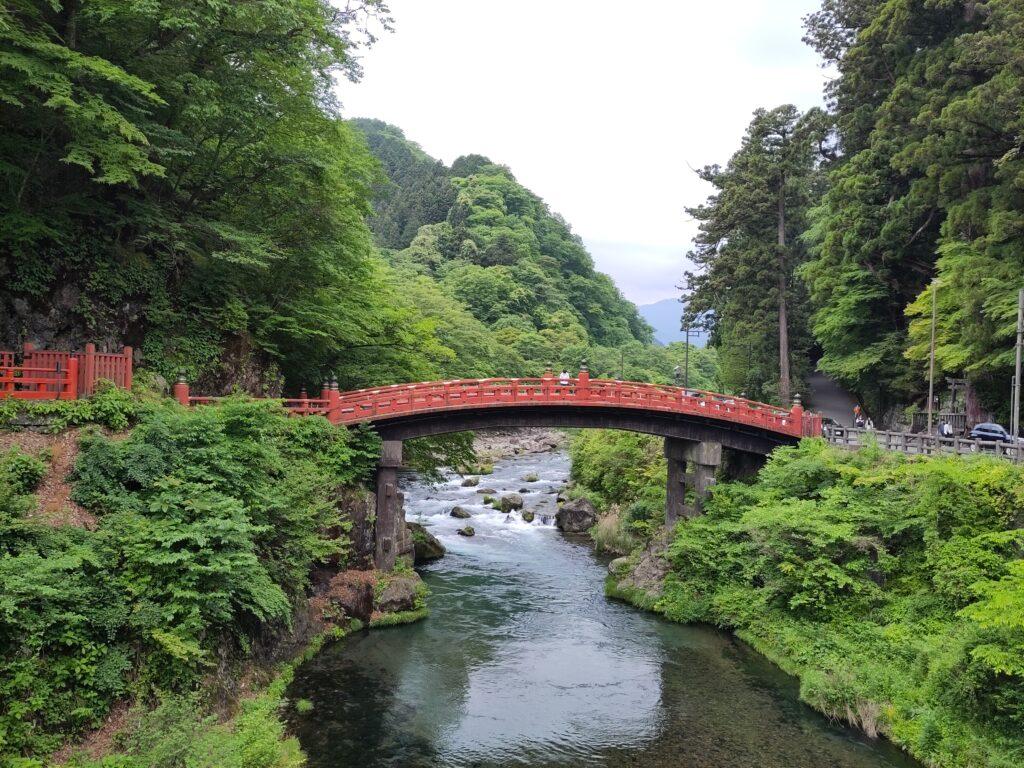
The main road has many shops and restaurants, and we randomly discovered a craft beer stand that offers beers crafted on the premises, Murmur biiru stand. We loved our first round so much we decided to taste another two beers.
A bit further down the road, we found a Chinese food restaurant, Eat Asai, where we had a great time. The owner was super welcoming, showing us travel guides, playing a movie about the four seasons in Nara, pouring wheat tea as soon as our cup got empty… And the food was delicious. After this nice time, he asked us to write a little something in his guestbook and he was very proud to show us the many little words he got from visitors from all over the world. And we even got a candy for the road!
This is our last night in Nikko, so we went back to the guest house to wrap our things and make up a plan for the day after (as we just visited was we had planned for that day).
Day 3: Kanmangafuchi Abyss and Imperial villa
After a quick stop at the station to store our luggage in a locker and changing our booking for the shinkansen to Tokyo (from 5PM to 2PM), we went for a walk to see Kanmangafuchi, a gorge along which bodhisattva statues with red beanies and aprons (jizo) are lined up. They are said to protect children, as well as women and travellers.
We went there walking from Nikko station, passing by the red bridge and entering the residential area, leaving tourists behind. A really nice walk that made me appreciate Nikko a little more.
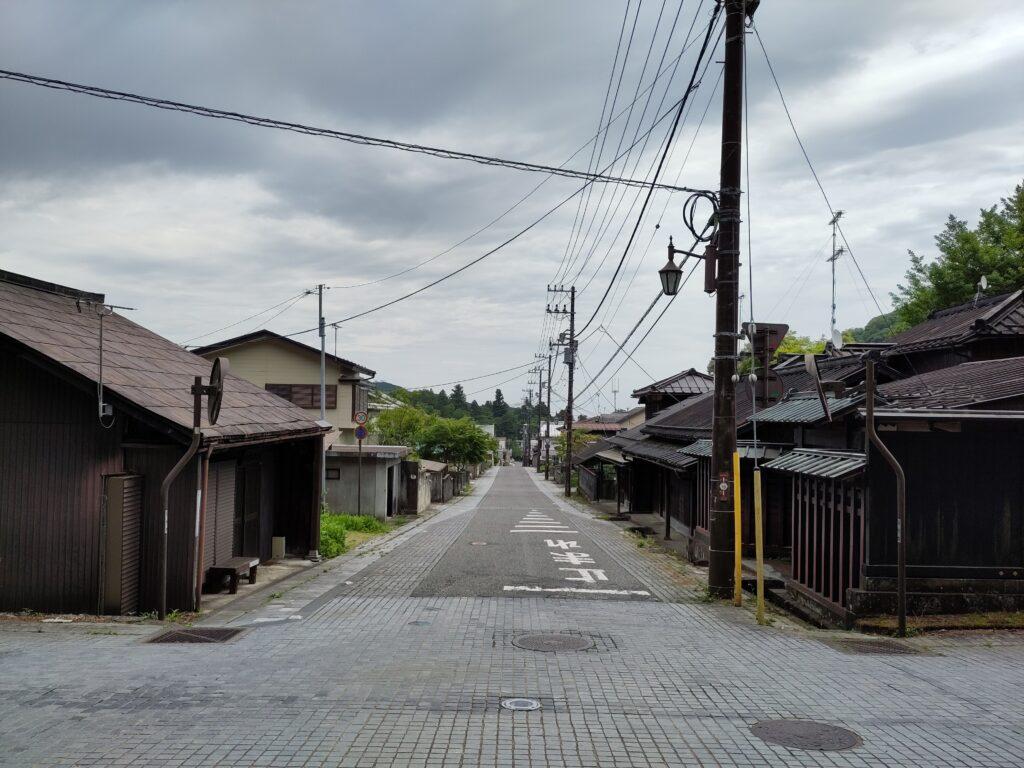
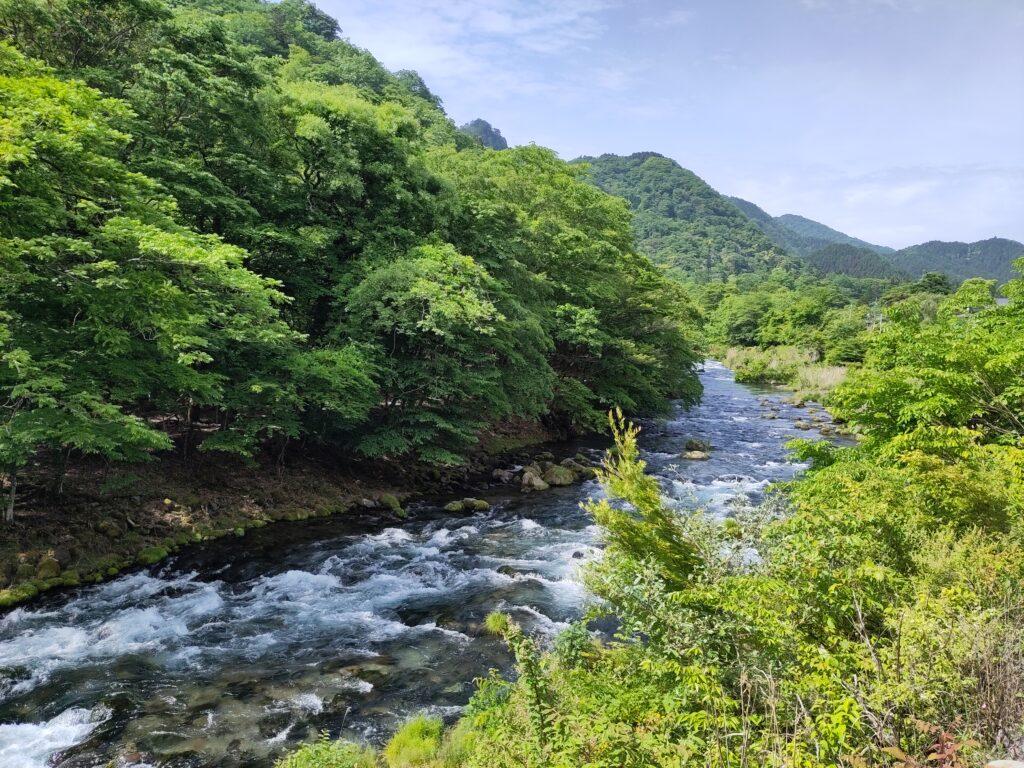
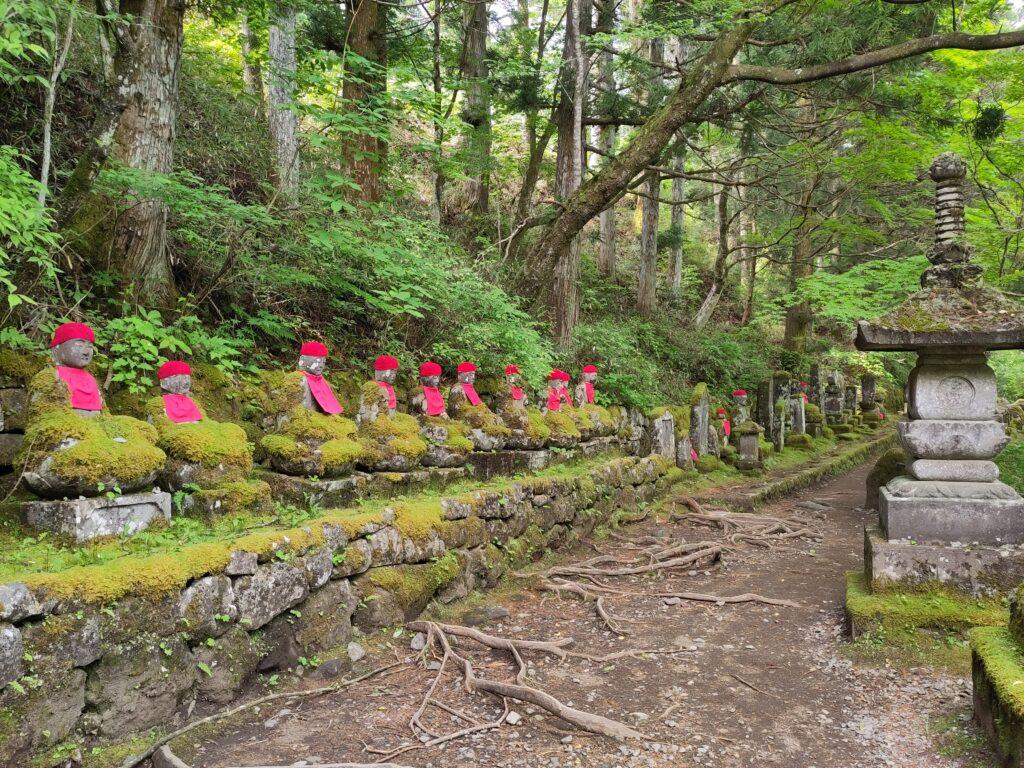
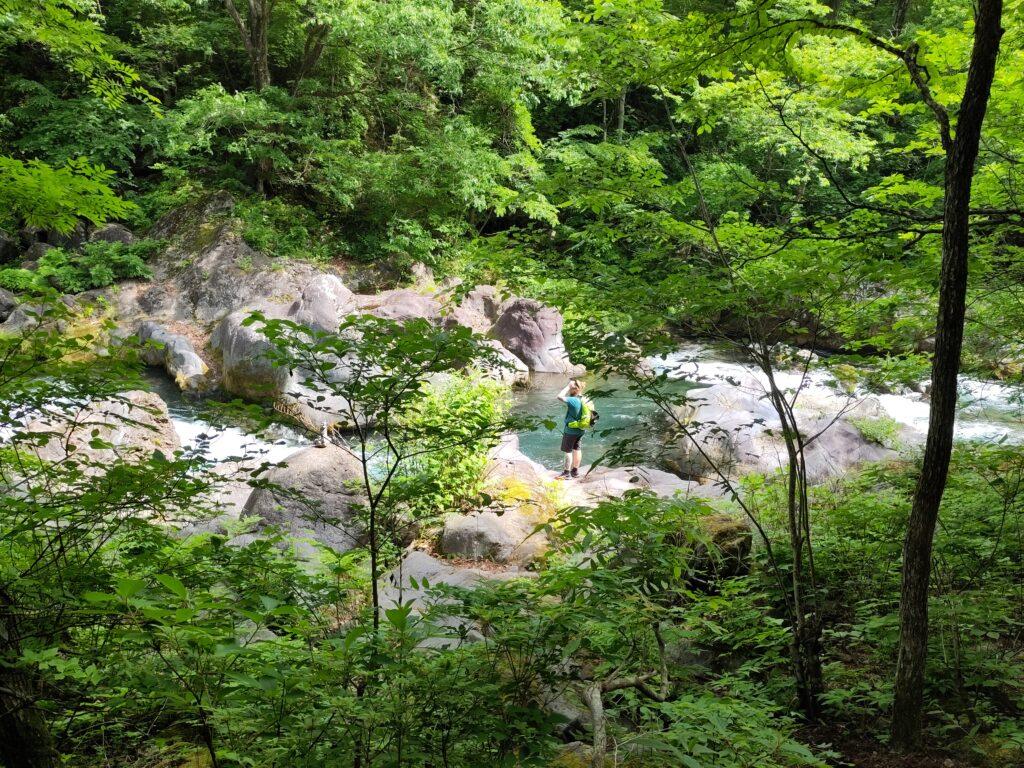
After this, we headed to the Tamozawa Imperial villa, a 23 000 m² domain that is visited shoeless (and after three weeks in Japan, mostly walking, it felt really relaxing and good for the feet!). There’s information in English everywhere, it’s calm and pretty. We stayed for an hour and a half, visiting in no rush. The garden has a 400 year-old cherry blossom tree (it even needs crutches!), probably wonderful to see during hanami.
At first, we were not so motivated by this visit, but it ended up being a really nice surprise and we’re happy we changed our mind about it! If you’re traveling with the JR pass, you get a little discount on the entrance fee, don’t forget to mention it.
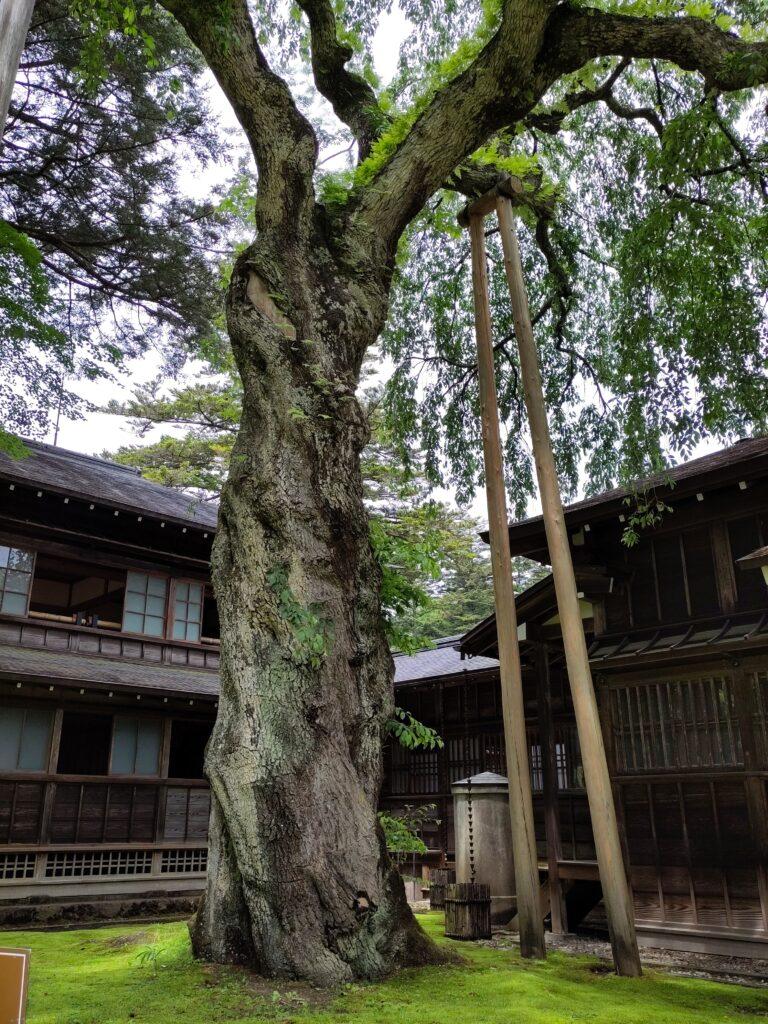
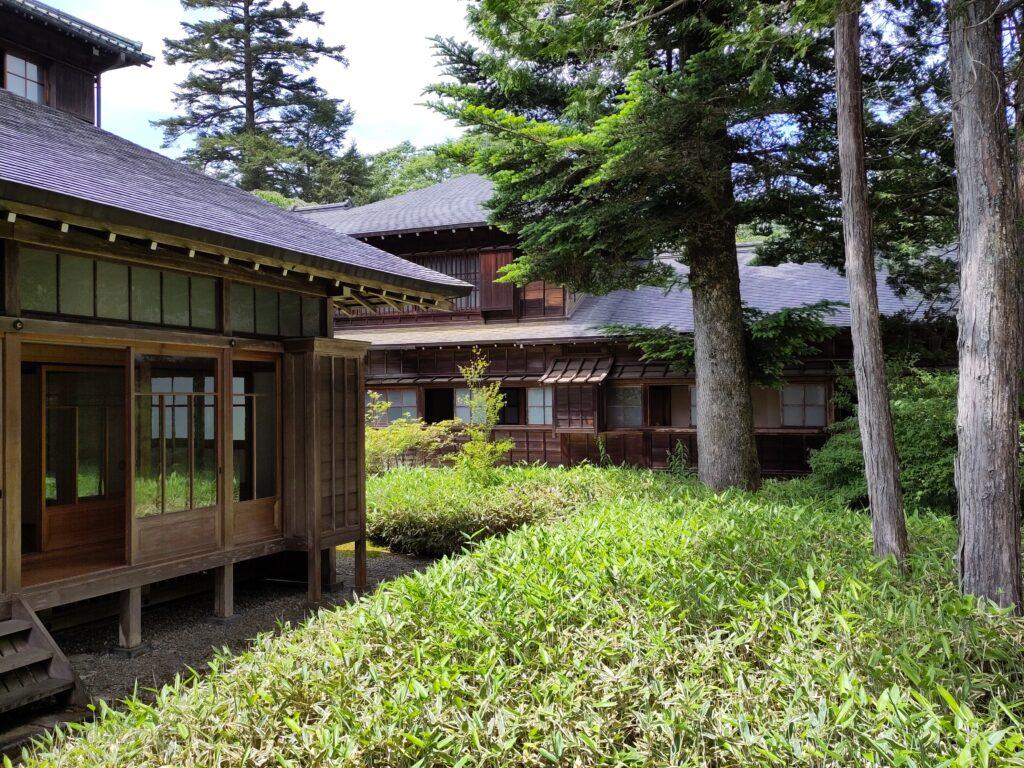
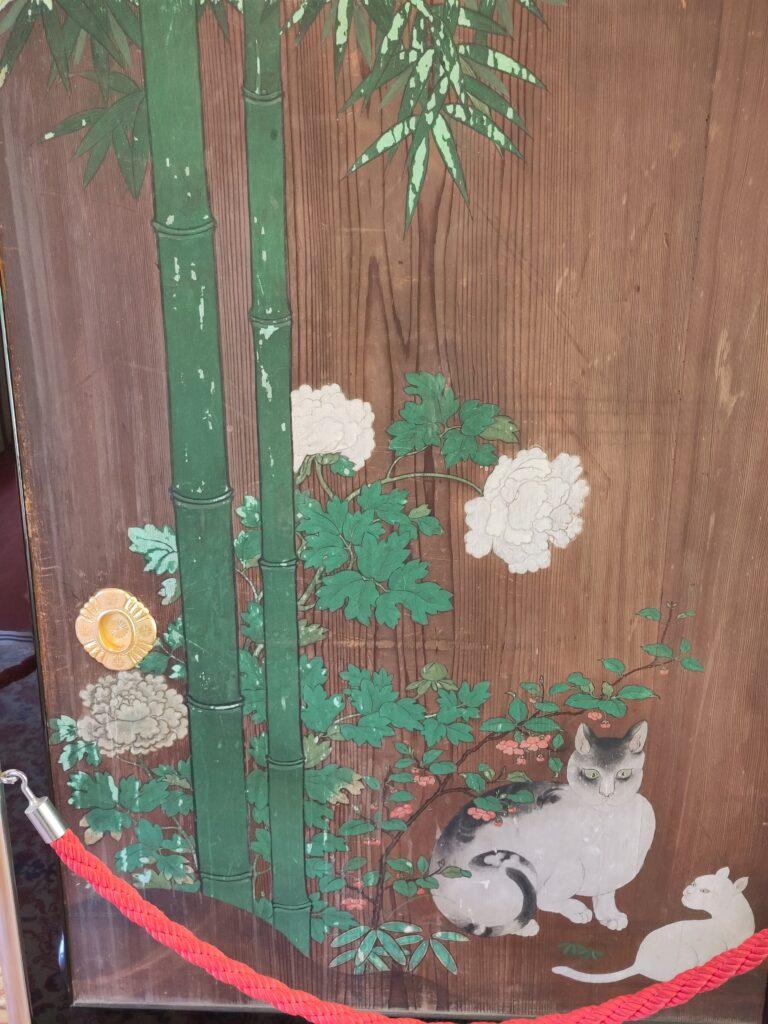
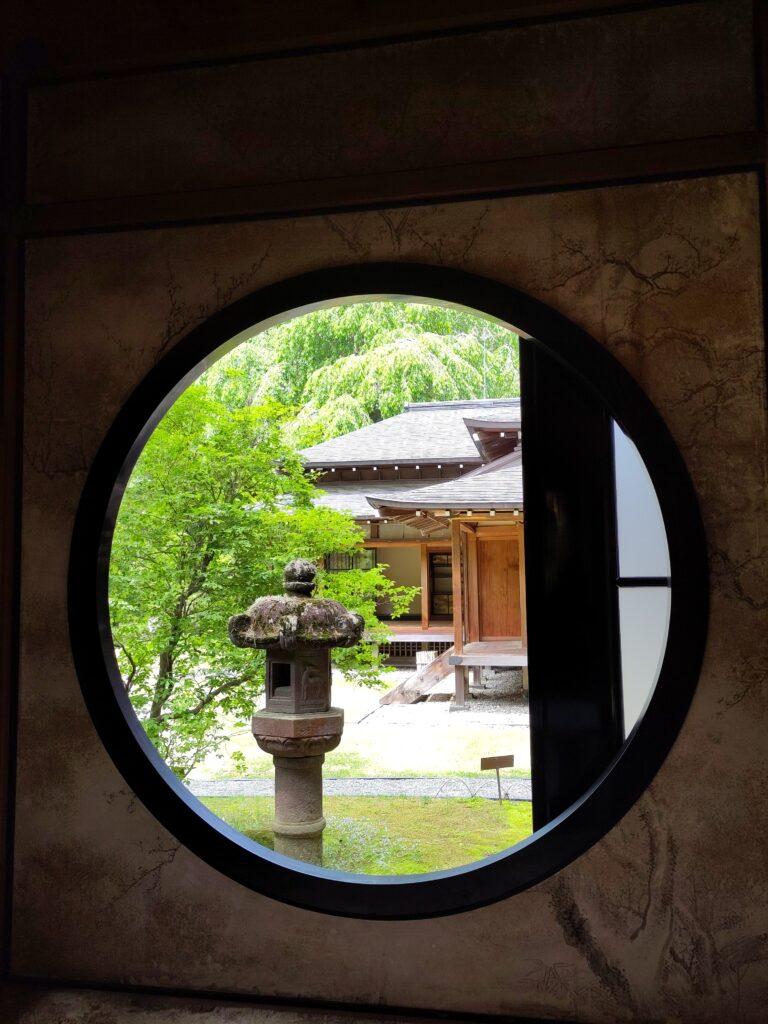
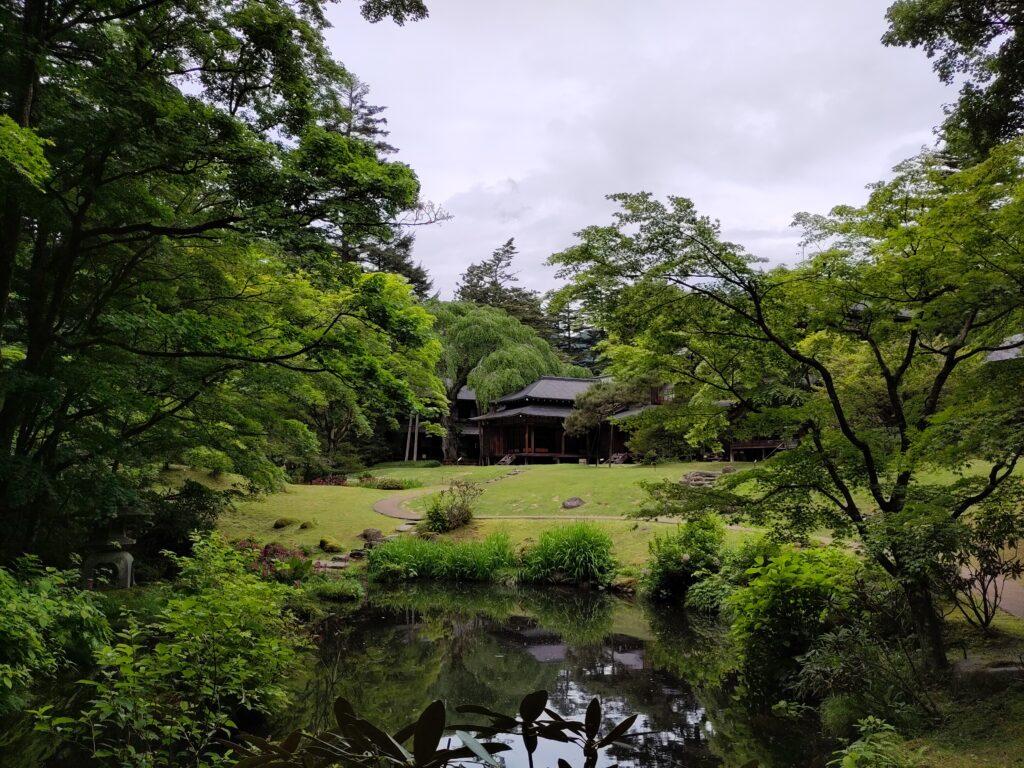
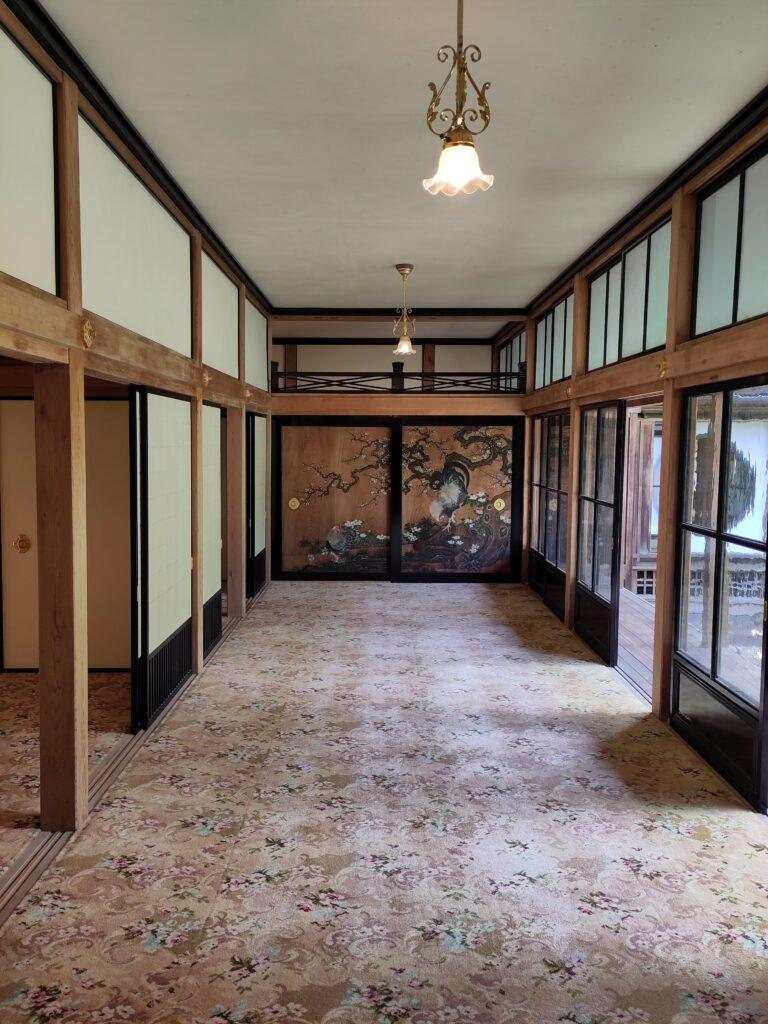
After this visit, we went back to the main street to eat pancakes for lunch, then to the station to catch the train to Utsonomya, where we’ll board the shinkansen to Tokyo. After 3 weeks in Japan, we finally get to see the capital city.
You might also like:
- 3 day trips from Tokyo
- Everything you need to know for your first trip to Japan
- Tokyo: neighborhoods to the East
General impression of Nikko
Nikko is a touristy destinations (it also has onsens and is less than 2 hours away from Tokyo), although it didn’t felt overcrowded (nothing compared to the masses in places like Kyomizudera or Arashiyama in Kyoto, or Sensoji in Tokyo, for example). The city has a refreshing feeling, thanks to the mountains in background. It’s easy to leave the city center behind for some greenery and nature. The main street is nice, with many restaurants and other food shops. What I didn’t like much about Nikko is that temple grounds didn’t felt that interesting, compared to other destinations in Japan, and the entrance fee was pretty high.
I felt that way because we could visit a lot of very green destinations and see a wide variety of temples in lesser known areas of Japan, but I still think it’s a great destination if your trip is limited to big cities like Tokyo.
*prices based on the conversation rate and local prices at the time we visited
